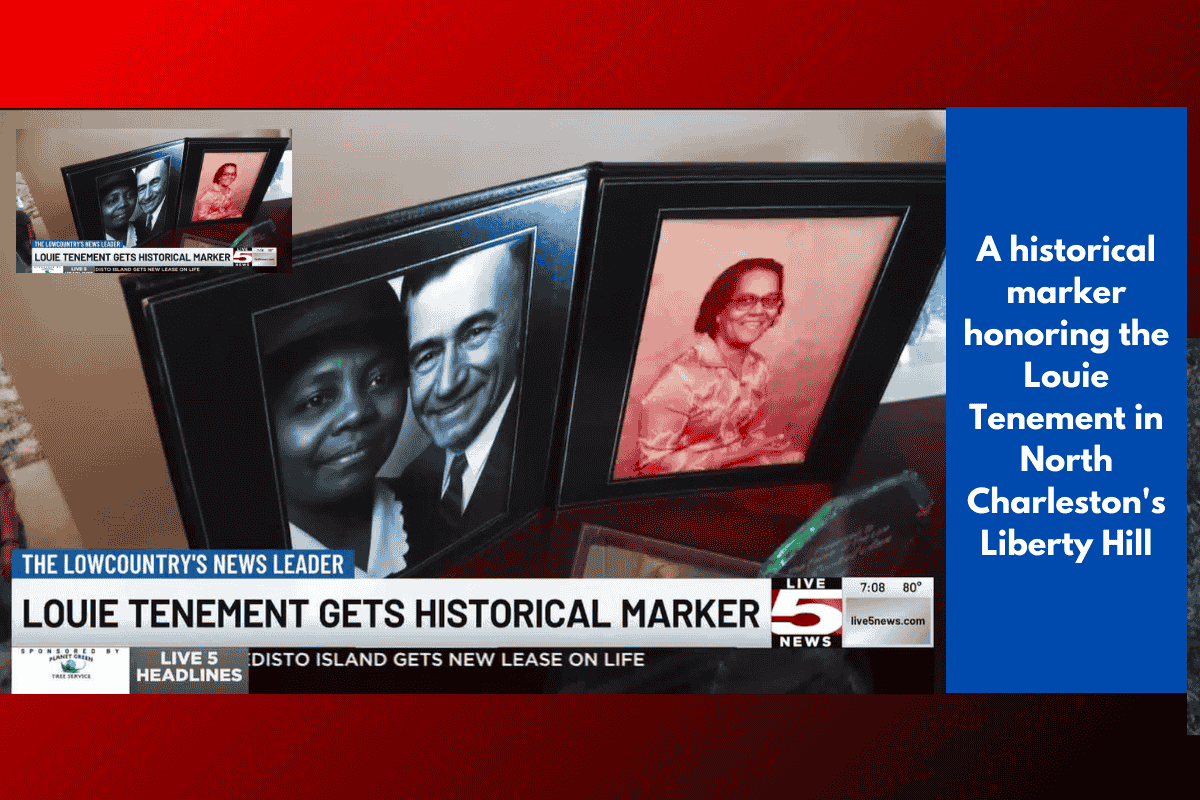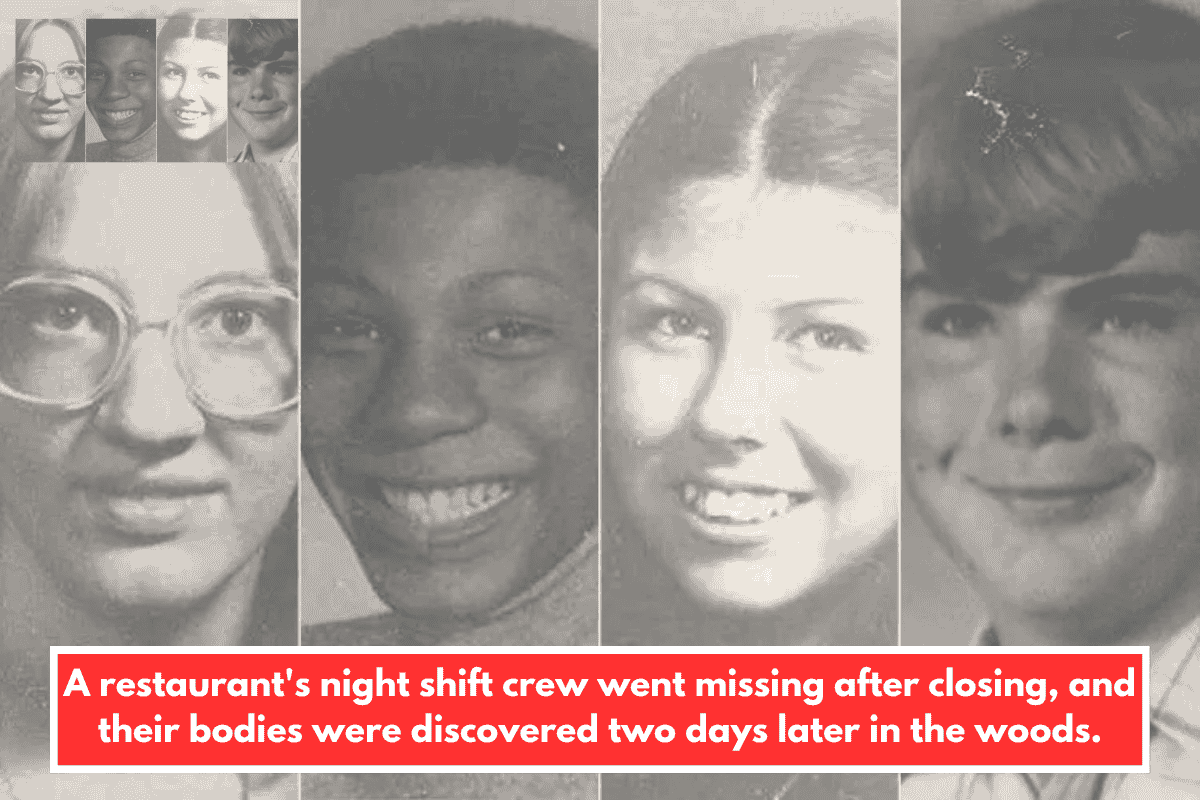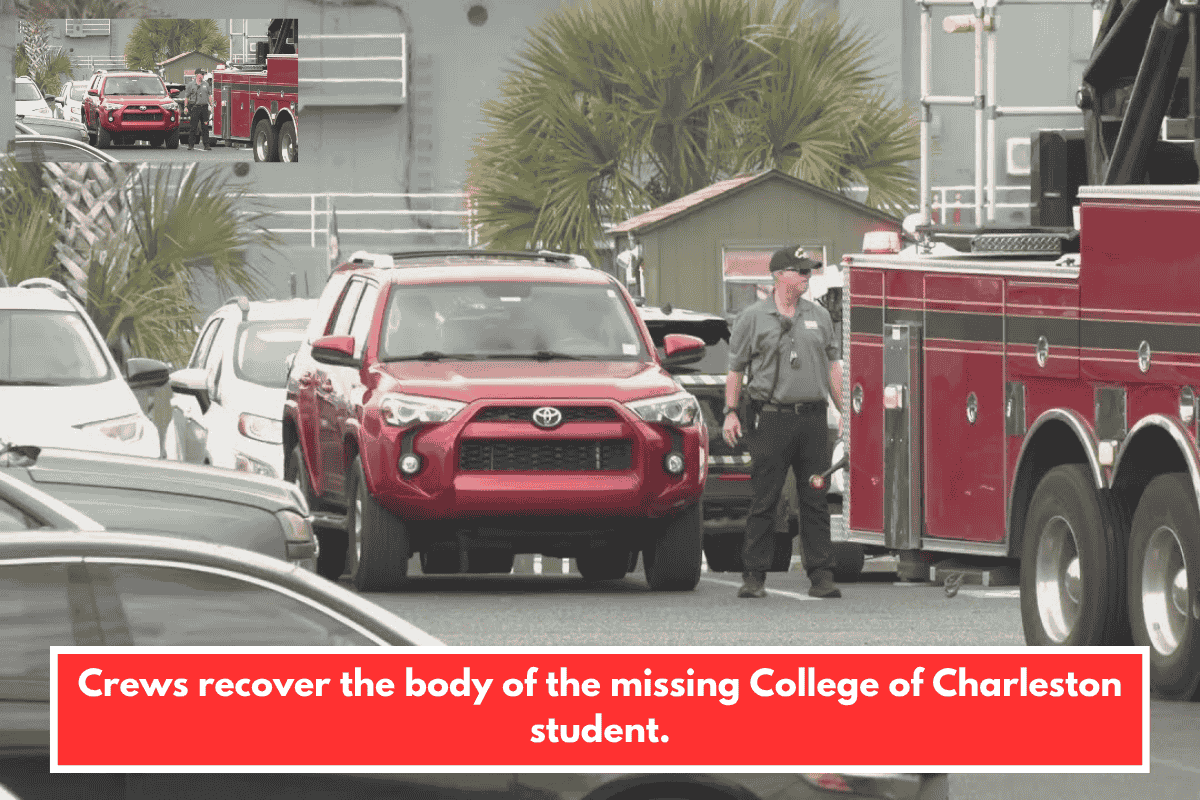North Charleston, South Carolina The location where innumerable Black families sought a better life under segregation will soon be marked with a historical marker.
Louie Tenement in North Charleston’s Liberty Hill neighborhood was that location.
In the early 1900s, a young man named Louis Joseph immigrated to the United States from the Middle East.
In Damascus, Syria, there was a conflict between Muslims and Christians at that time. Condida Joy, Joseph’s granddaughter, stated, “He wanted a better life because he was a Christian.”
She said he started out as a vendor and was sponsored by the Shahid family in downtown Charleston.
Joy explained, “He would visit the Shahid Department store, give merchandise credit, and then he would go around the community and sell it.”
People in Liberty Hill nicknamed him “Louie” once they came to know him.
He met Rachel Ann Nesbitt Murray there. She was descended from a well-known Black family with businesses and land.
Joy remarked, “My grandfather began renting from my grandmother after a few years of moving to the area and getting to know people.” He was unable to communicate in English once he arrived in the community. He learned to read and write from my granny.
Jim Crow rules prevented the two from getting married, but they fell in love and had three kids. The eldest of the grandchildren is Dewey Tuggle Jr.
“The oldest of all.” He, she, and my grandmother spoiled me,” Tuggle remarked.
There are pictures of Tuggle with his grandfather when he was a young lad. He recalls accompanying him everywhere.
“Take me to the city center. We visited a few locations. That’s the major reason I never forgot Meeting Street, though. Since we saw the furniture there that he would purchase,” Tuggle explained.
Joseph began purchasing real estate, including some close to the present location of Academic Magnet.
That is the origin of Louie Tenement.
Due to the way it was constructed, Louie Tenement had consisted of roughly 14 or 15 modest shotgun dwellings. The bedrooms were one and two. Joy remarked, “The bathroom was outside, not inside the house.”
The houses were rented by Joseph and Murray to low-income individuals who were looking for the American dream.
People migrated to Charleston in search of a better way of life from Hemingway, Saint Stephen, and Moncks Corner. In addition, Joy stated, “I’m avoiding share cropping.” It was acceptable if they had the funds to cover their rent. They let them remain if they didn’t.
From 1928 until the beginning of the 1980s, families resided in Louie Tenement.
The shotgun houses of Louie Tenement have been replaced with private residences and public housing across the street.
However, a historical plaque will soon be put in place to commemorate the significant role the site played in the Liberty Hill neighborhood.
Louie Tenement, which is situated on Luella Avenue at Lester Street, will at last be known for the small houses that served as the model for large aspirations for innumerable families of color.
Additionally, I feel my grandparents’ presence because of this ongoing situation. Joy remarked, “I feel so light in my soul, and I think they’re smiling down and happy.”
The ceremony to construct the Louie Tenement memorial is scheduled for Wednesday at 11 a.m., and the public is invited.
That marker will be erected by the South Carolina Department of Archives and History at Montague Avenue, at the intersection of Luella Avenue and Lester Street.














